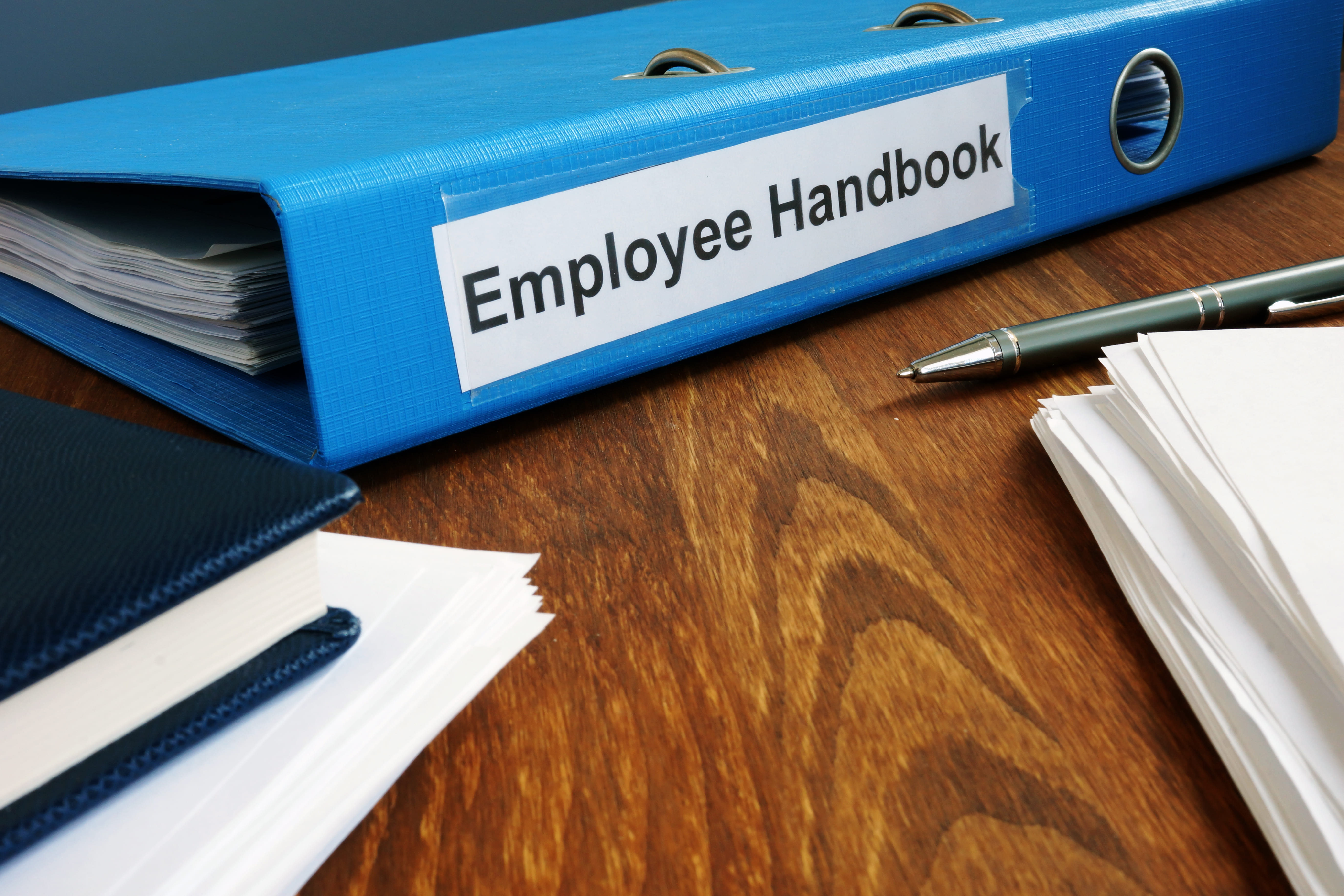
Human Resource Professionals have always been concerned about managing mental health in the workplace. Some workers find it difficult to maintain their mental health, which has led to a decline in staff morale and decreased productivity. Additionally, more workers are battling substance usage. This raises the issue of how the HR department can assist staff members who are experiencing mental health issues.
- Promote Company-Wide Mental Health Resources
Chances are your company has mental health programs available but many employees are not aware. For example, most insurance plans offer an Employee Assistance Program (EAP). EAPs are voluntary, work-based programs that offer mental health assessments, short-term counseling opportunities, referrals to specialists, and follow-up services to employees. They serve as the first place an employee can go if they need help.
Does your company’s insurance plan cover mental health? If so, to what extent?
- Host Mental Health Support Training
As HR professionals, you are experts at understanding workplace dynamics as it relates to mental health. However, you don’t interact with your staff every day. To lessen stigma and teach them how to access the appropriate mental health resources, it is crucial that managers and staff members complete mental health training. Your department can engage an external consultant or specialist, organize internal training sessions, or enroll staff in online training courses. There are still many misconceptions around mental health. By giving employees training, you may assist them understand what the problem is and how to get help before it gets worse.
- Provide a Healthy Work/Life Balance
Long-term stress has been demonstrated to have significant negative consequences on people’s physical and mental health. An increased risk of anxiety, depression, mood disorders, substance abuse, occupational accidents, and interpersonal conflict between co-workers can result from professional burnout. When experienced simultaneously, not getting enough time off from work can be particularly harmful to mental health.
It is impossible to overstate how important work-life balance is. The consequences affect not only you but also people close to you. People you engage with at work and outside of it will value the opportunity to do so when you are at your best. Your personal connections will improve as a result of the devoted concentration once work isn’t permitted to consume your free time. On the other hand, maintaining a healthy personal life helps lessen unplanned interruptions at work, increasing productivity.
Prioritize Mental Health
HR departments are the first places employees go if they need assistance. But, it’s also important to proactively communicate all modes of mental health support. Start off by reviewing your company’s health insurance coverage to ensure that mental health is covered and then begin promoting these services to your employees.
Most importantly, offer an open and friendly HR environment where employees feel safe discussing their concerns or issues.








